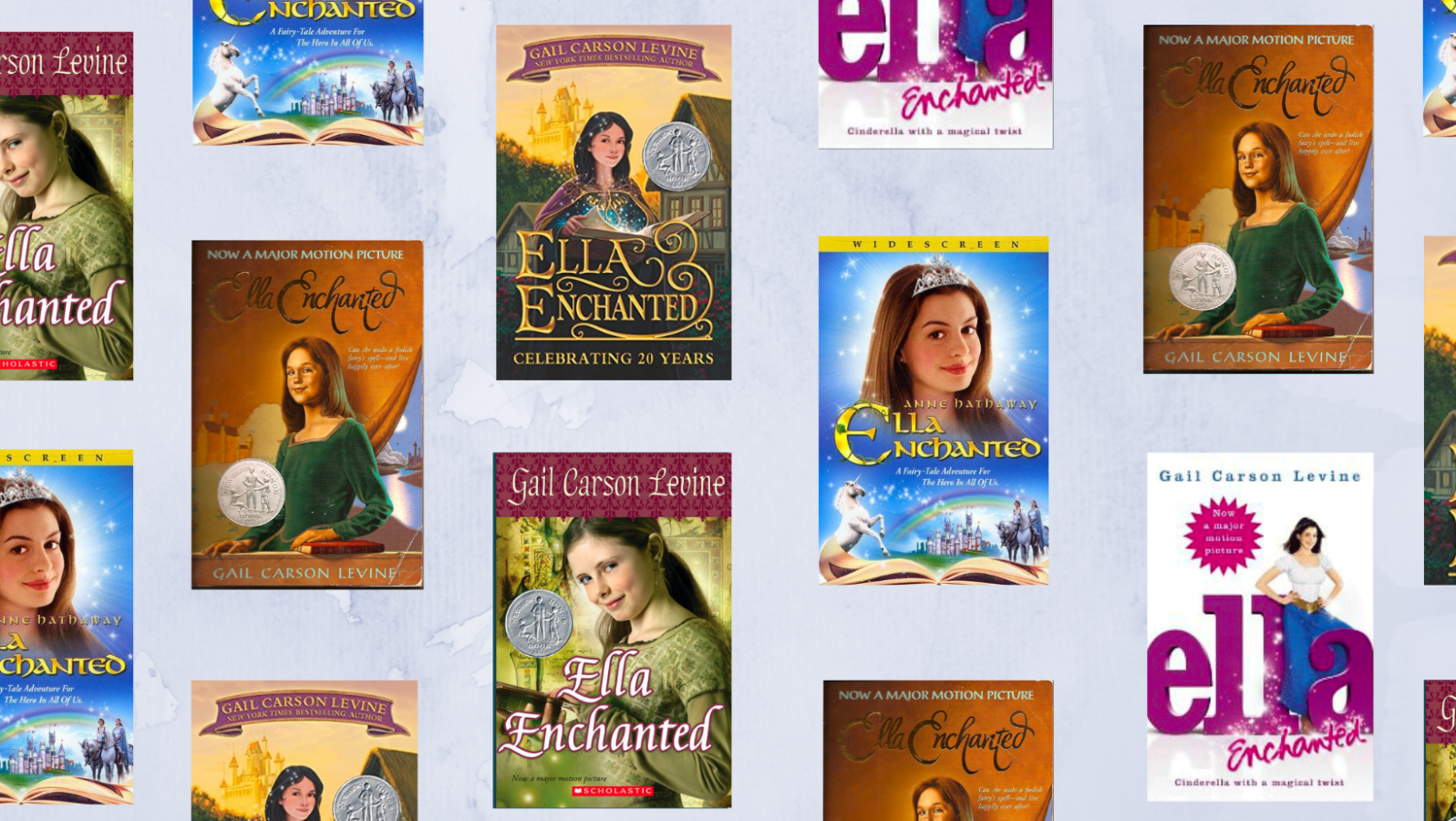Fairytale retellings dominate the YA space. At this point, we’ve seen about every spin imaginable. Cinderella… but in space! Cinderella… set in high school! Cinderella… but make it gay! Cinderella… but from the stepsister’s point of view! Don’t get me wrong—I’m not complaining. I eat them up, every last one. But the truth is that before all these creative retellings existed, there was Ella Enchanted, written by the retelling queen, Gail Carson Levine.
Say goodbye to love at first sight
Most Cinderella retellings throw the whole “love at first sight” trope straight out the window in an attempt to be subversive. Not a bad idea, but also not an original one. In Ella Enchanted, Ella and Char meet near the beginning of the novel. They become friends instantly, have a few run-ins throughout the first half, then write letters to each other and slowly fall in love.
Unlike so many will-they-won’t-they romances that are often a generic rip-off of Pride & Prejudice, this relationship is wholesome and based on nothing but mutual respect. Really, it’s one of the few completely healthy romances I’ve witnessed in fiction. He loves her because she makes him laugh and he thinks she’s a total badass, which is the purest thing I’ve ever seen. Ladies, don’t settle for less than a Prince Char. I will be shipping them forever and ever, amen.
The skeleton of the story stays intact
As all good retellings must, Gail Carson Levine keeps the story structure intact. If it’s broke, don’t fix it, right? She keeps the fairy godmother, the wicked stepmother and stepsisters, the magical dress, and the three unforgettable balls. She recognizes that the reason why little girls (including yours truly) obsessed over this movie was not because we wanted the prince—no, we wanted the dress and the ball. Levine doesn’t change the story; she simply expands it in all the right ways. Adding a quest narrative and extensive worldbuilding of the different magical races only adds to the feeling that this is a fairytale, a world fully different from our own.
A protagonist equal parts feminism and fairytale
I could write pages about the detailed, creative worldbuilding or hilarious characters, but what really elevates this book is Ella herself. Like many other bookworms who grew up in the early 2000s, I put Ella right up there with Anne Shirley and Jo March on my list of literary role models.
This novel was written because Gail Carson Levine had never understood why Cinderella was such an obedient character. So she brainstormed a solution—an obedience curse—and ran with it! From the day she was born, Ella’s agency has been literally ripped away from her. But instead of letting this break her and make her passive, she chooses defiance and fights against the curse every day. She finds loopholes that offer her some freedom, and at the first chance she gets, she sets off on a quest to try to break the curse herself. Yet at the end of the novel, it’s not another person who breaks Ella’s curse—she does it herself, in one final show of strength.
Ella also breaks from the fairytale mold by not being a damsel in distress. It takes a lot of bravery to travel alone, as Ella does on her quest, but she bravely charges forward. Even when she is kidnapped by ogres, she does not give up or wait for rescuers. She uses her natural talent for languages to convince the ogres that they do not want to eat her. Yes, Char and his knights eventually rescue her. However, they clearly could not have done it without her help. Ella saves herself and the prince, not the other way around.
A modern classic
When I was 12 years old, an old family friend gave me a copy of this book, which her daughter had outgrown. Ten years later, I still have not outgrown it. The worldbuilding still makes my imagination run wild. The romance still makes me swoon. And Ella still inspires me every day to use my intelligence and my agency to make a difference in the world. Every young girl should read this book, but it’s not just a story for little girls—it’s for every age.
Advertisement
Other Retellings by Gail Carson Levine
Advertisement
